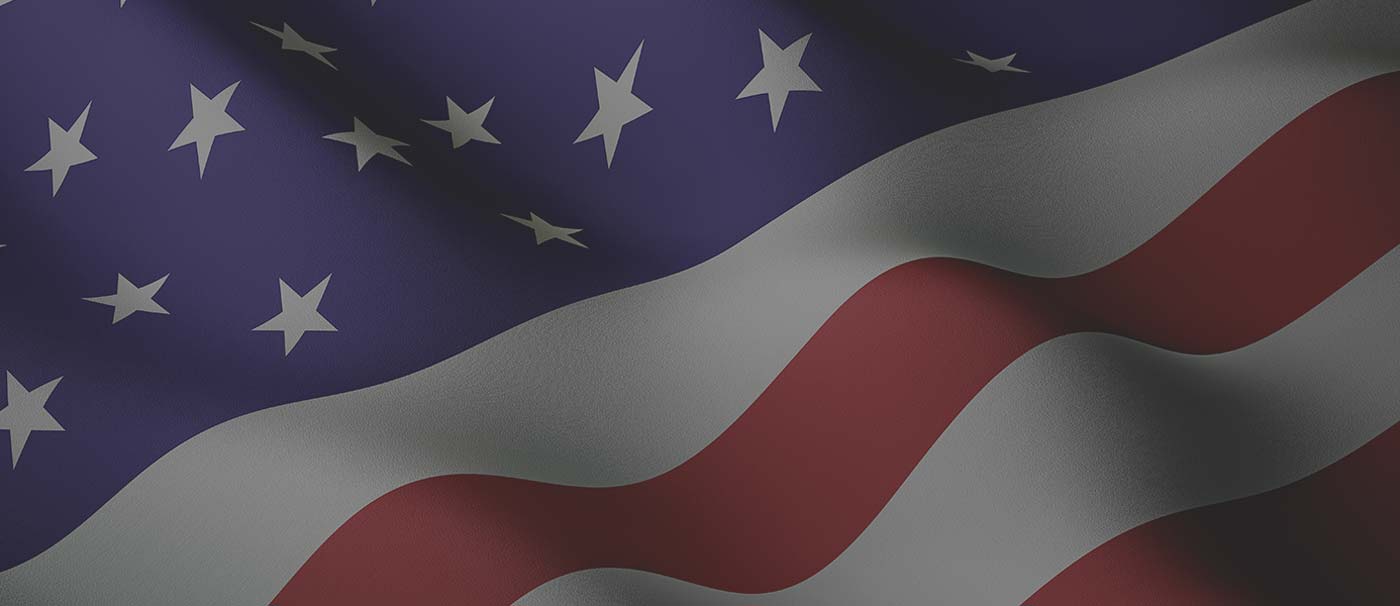Freedom of Religious Expression in Public Schools Overview
Supportive Talking Points
- Government, laws and public policies, like many things within society, do reflect a clear value system.
- Historically, Christian principles within the school system were deemed to be appropriate and acceptable.
- The core of the U.S. Constitution supports the notion that individual rights come from God and not the state.
- The concept of religious freedom is broader than “freedom to worship,” a term that is increasingly being deployed to further weaken First Amendment rights and limit the expression of religious beliefs and values to homes and churches.
- Freedom of expression in public schools is legally defendable and worthy of the effort to fight discrimination.
- Zamecnik v. Indian Prairie School District #204, 636 F.3d 874 (7th Cir. 2011)
- Two students who were originally prohibited from wearing t-shirts that said, “Be Happy, Not Gay” in order to show their religious beliefs, were ruled to be within their rights and the school could not prohibit the act over the potential for hurt feelings.
- Peck v. Baldwinsville Cent. Sch. Dist. 426 F.3d 617 (2d Cir. 2005)
- The U.S. Second Circuit Court of Appeals vacated an earlier ruling that barred a student from including a picture of Jesus in an artwork assignment.
- Supreme Court decision in Good News Club v. Milford Central School, 533 U.S. 98 (2001)
- The Supreme Court ruled in favor of students whose free speech rights were being discriminated against by the school.
- Current legally protected rights of religious expression
- Discrimination—School authorities may not discriminate against religious activity or speech.
- Bible Reading and Prayer—Students may read their Bibles or other Scriptures, say a prayer before meals and pray before tests.
- Discussions—Students may attempt to persuade their peers concerning religious topics, just as they may political topics. Harassment, however, (which is not defined) is not permissible.
- School Work—Students may use religious themes in their homework, artwork, or other assignments, and such work should be judged (graded) by ordinary academic standards.
- Literature—Students have the right to distribute religious literature (tracts, etc.) to their schoolmates on the same terms as they are permitted to distribute other literature.
- Religious Objections—Students may be excused from lessons that are objectionable on religious or other conscientious grounds.
- Clothing—Students may wear clothing depicting religious themes, and these messages may not be singled out for suppression. They are subject to the same rules as apply to comparable messages.
- Christian Groups—Students religious groups at public secondary schools have the same right of access to school facilities as is enjoyed by other comparable student groups.
- Student Meetings—Student meetings may include a prayer service, Bible reading, or other worship exercise.
- Access—Students may use the public address system, the school newspaper, and the school bulletin board to announce their meetings, on the same terms as other student groups. (This only applies to schools receiving federal funds.)
- Teaching—Schools may teach about religion, including the Bible or other scripture, the history of religion, the Bible-as-literature, and the role of religion in the United States and other countries. Schools are to be neutral with respect to religion. However, they may play an active role with respect to teaching civic values and virtue, and the moral code that holds us together as a community. Schools may not allow religious instruction by outsiders on school premises during the school day. However, school officials may dismiss students to off-premises religious instruction.
 National Strategic Center
National Strategic Center 
 Join the movement in your state
Join the movement in your state  For APCN Members
For APCN Members 








